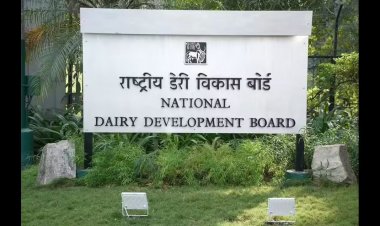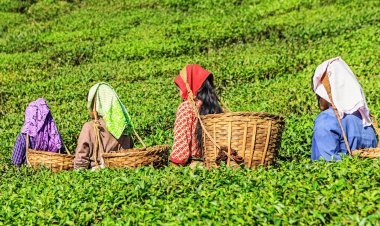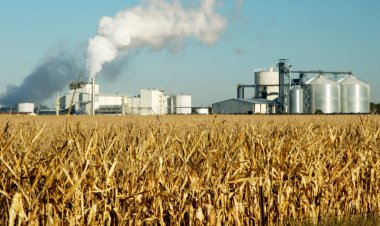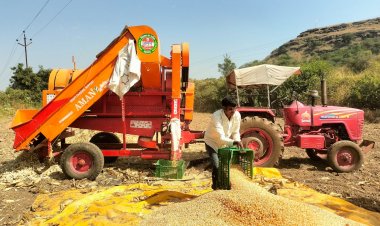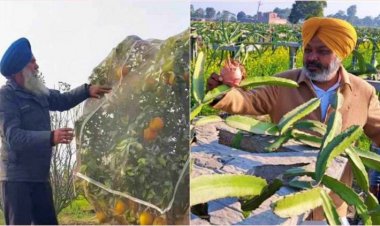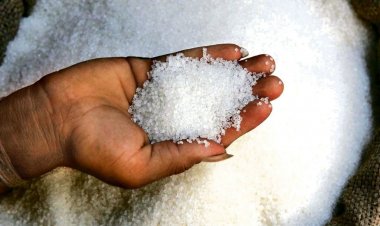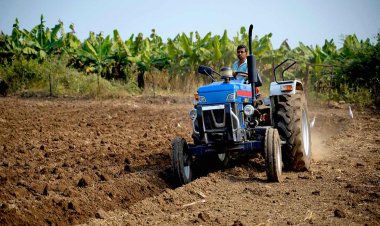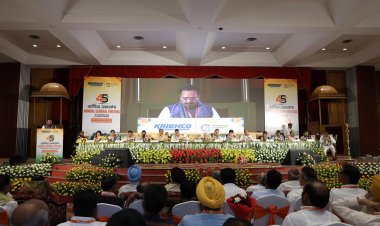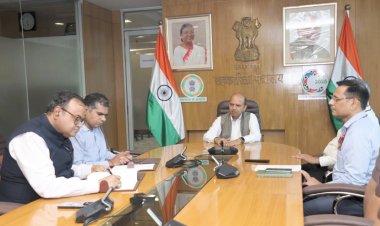Stocks of DAP and other complex fertilizers at a three-year low; government’s worries may increase
According to government data, the stocks of several fertilizers, including DAP, have come to a three-year low in the country in August-end. The reason behind this is the reduction in imports due to the steep hike in the prices of fertilizers and their raw materials in the international market. This situation may give rise to political worry for the government. The Assembly elections are scheduled in Punjab, Uttarakhand and UP in the coming February-March and the farmers’ vote matters a lot in these states. If a fertilizer availability crisis arises in the Rabi season, it may turn into a reason for the political loss of the government.

The India Meteorological Department’s (IMD) forecast of good rainfall in September in the current monsoon season is coming up with better possibilities for the coming Rabi season that will lead to an increase in Rabi crop acreage. But the crisis of the availability to farmers of Muriate of Potash (MoP), Diammonium Phosphate (DAP) and other complex fertilizers may come in the way of this better situation. According to government data, the stocks of several fertilizers, including DAP, have come to a three-year low in the country on 31 August 2021. The reason behind this is the reduction in imports due to the steep hike in the prices of fertilizers and their raw materials in the international market.
This situation may give rise to political worry for the government. The Assembly elections are scheduled in Punjab, Uttarakhand and UP in the coming February-March and the farmers’ vote matters a lot in these states. If a fertilizer availability crisis arises in the Rabi season, it may turn into a reason for political loss of the government.
As per recent data from the Department of Fertilizers, the stock of Diammonium Phosphate was 21.59 lakh tonnes (lt) in the country on 31 August 2021. Compared to this, the DAP stock was 46.85 lt on the same date last year. In August-end 2019, the DAP stock was 62.48 lt while that on the same date in 2018 was 45.05 lt. On 31 August 2021, the stock of Muriate of Potash (MoP) was 10.12 lt. The figures on the same date read 20 lt, 24.76 lt and 18.20 lt for 2020, 2019 and 2018 respectively.
The situation of the stock of complex fertilizers prepared from Nitrogen (N), Phosphorus (P), Potassium (K) and Sulphur (S) is also similar to those of DAP and MoP. At the end of August 2021, the stock of other complex fertilizers stands at 31.32 lt, again at the lowest level if we compare the figures for the same date for the last three years. The import of fertilizers has gone down due to increasing international prices. The DAP import for the period April-August 2021 has been 24 lt while it stood at 35 lt in the year-ago period. Similarly, the MoP import has also gone down from 22.2 lt to 8.87 lt while the import of NP and NPK complex fertilizers has come down to 6.30 lt from 12.1 lt last year.
The import price for DAP currently stands at $665 per tonne, which was $340-350 per tonne at the same time last year. During the same period, the MoP prices have gone up from $230 per tonne to $280 per tonne. The MoP prices may shoot up to $400 per tonne in the days to come. The price of phosphoric acid, a raw material of fertilizers, has gone up from $625 per tonne to $1,160 per tonne over the last year. During the same period, the price of rock phosphate has gone up from $99 per tonne to $150 per tonne while that of ammonia from $210 per tonne to $660 per tonne. The sulphur prices have gone up from the range of $75-80 per tonne to that of $205-215 per tonne.
At the current import price of $665 per tonne, the import value of DAP comes to about Rs 48,850 per tonne in the country. Add to this 5 per cent customs duty and distribution costs of Rs 3,800 and the price goes up to Rs 55,000 per tonne. At present, the government is granting a subsidy of Rs 24,231 per tonne on DAP. Even after allowing for a deduction on this account, the maximum retail price (MRP) of DAP comes to Rs 30,800 per tonne. That too when this does not include any profit for the company and the importer. The MRP of a 50kg bag of DAP is Rs 1,200 at present. Given this scenario, in the absence of an increase in subsidy, the companies will have no option other than to increase the price.
Industry sources say, “If the government forces us to sell DAP at the current price, we shall lose Rs 28-35 crore on every imported shipment. Which company will import in such a situation?” Now, it is the government that has to decide whether it increases the subsidy or allows the companies to increase the prices. Industry sources say that several companies have brought about an increase of Rs 500-Rs 2,000 per tonne in the prices of complex fertilizers over the last month. The NPK prices have reached Rs 29,500 per tonne due to this. But this possibility does not exist for DAP because it is the second most-consumed fertilizer in the country after urea and is politically very sensitive. That leaves the government with the only option of increasing the nutrient-based subsidy (NBS) on decontrolled fertilizers in order to check any significant rise in their MRP.
The stock situation fares better, however, in the cases of urea and Single Super Phosphate (SSP). On 31 August 2021, the stock of urea stood at 44.41 lt in the country while it was 43.53 lt last year. Similarly, the current stock of SSP is 16.6 lt while it was 15.1 lt at the same time last year.
Fertilizer industry sources say that several meetings have been held with the government in this regard recently. The government has looked for import possibilities even at a diplomatic level in view of the situation of steep hikes in international prices. For this, it is being considered to increase the imports from Russia and Iran. In fact, prices have gone up in the international market after China, one of the largest exporters of DAP, has temporarily suspended the exports of this fertilizer. Besides, the economic sanctions imposed by the European Union (EU) against Belarus have also impacted the prices in the global markets.
Given this situation, the government does not have much time in hand as the sowing for the Rabi season starts in October-November and the DAP consumption is quite high during this season. In such a scenario, the government will have to better the availability of DAP and other complex fertilizers through an increase in imports. In case of any scarcity situation, the political troubles of a government already suffering the resentment of farmers on the issue of farm laws may only aggravate further.



 Join the RuralVoice whatsapp group
Join the RuralVoice whatsapp group

















